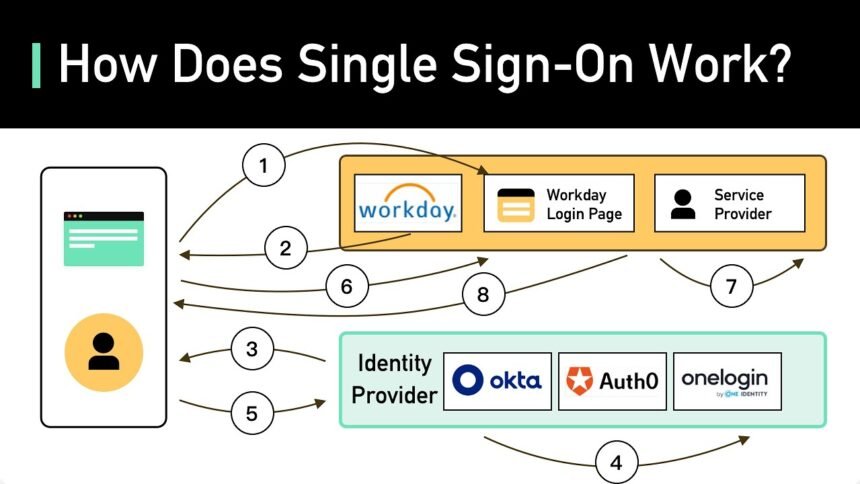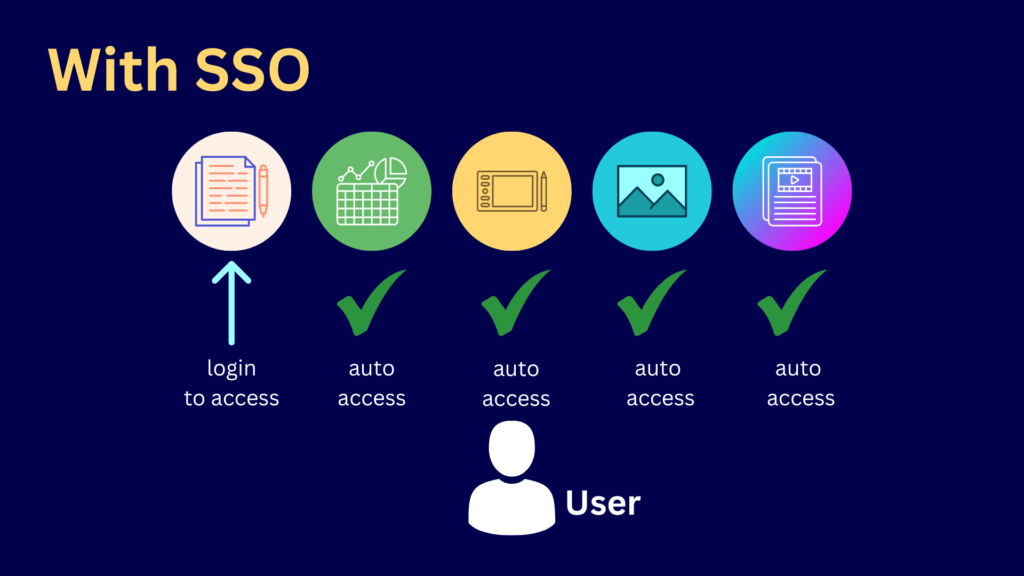In today’s digital age, where we juggle multiple online accounts, remembering countless passwords can be a daunting task. This is where SSO (Single Sign-On) comes into play, revolutionizing how we access our favorite applications and services. Let’s dive into what SSO is, how it works, its benefits, and why it’s becoming increasingly essential for both businesses and individuals.
What is SSO?
SSO, or Single Sign-On, is an authentication process that allows users to access multiple applications with one set of login credentials. Instead of remembering different usernames and passwords for each service, users can sign in once and gain access to all associated platforms. This streamlines the login process and enhances user experience.
How Does SSO’s Work?
At its core, SSO works through a centralized authentication server. Here’s a simplified breakdown of the process:
- User Initiation: The user attempts to access a service or application.
- Redirect to SSO Provider: Instead of entering credentials directly, the user is redirected to the SSO provider.
- Authentication: The user enters their login details. The SSO’s provider authenticates the user’s identity.
- Access Granted: Once authenticated, the SSO’s provider sends a token back to the application, granting the user access without requiring further login.
Benefits of SSO’s
- Improved User Experience: With SSO’s, users no longer have to remember multiple passwords or log in repeatedly. This ease of access encourages usage and enhances productivity.
- Increased Security: By reducing the number of passwords users need to remember, SSO’s can help mitigate password fatigue, which often leads to insecure practices like writing passwords down or reusing them across multiple accounts.
- Centralized Management: For businesses, SSO’s provides a centralized way to manage user access. IT teams can easily onboard or offboard users, control permissions, and monitor access across various applications.
- Enhanced Compliance: With SSO’s, companies can enforce strong authentication measures and ensure compliance with industry regulations by maintaining a secure user access system.
Potential Challenges of SSO’s
While SSO offers numerous advantages, it’s not without challenges:
- Single Point of Failure: If the SSO’s provider goes down, users may lose access to all associated applications. It’s crucial to choose a reliable provider with robust uptime records.
- Complexity in Implementation: Integrating SSO’s into existing systems can be complex, particularly for organizations with many legacy systems. However, the long-term benefits often outweigh the initial implementation hurdles.
Read More: India vs Bangladesh Delhi match routes: A Complete Traffic Advisory for Cricket Fans- Click Here
Conclusion
In an increasingly interconnected world, SSO is transforming how we manage our digital identities. It not only enhances user experience but also strengthens security for businesses and individuals alike. As technology continues to evolve, embracing solutions like Single Sign-On will be essential for navigating the complexities of digital authentication.









